As Europe heats up, ticks are spreading and proliferating in the north, and so are the pathogens they carry with them. The NorthTick project paved the way for handling the growing risk of tick-borne infections in the North Sea Region.
At this time of year, we tend to enjoy outdoor life, roaming in nature reserves or picnicking in city parks. But increasingly, summer also means ticks and risk of contracting tick-borne infections.
For four years, the partners in NorthTick worked together to address the threat posed by ticks.

To learn more, I spoke with project manager Per-Eric Lindgren.
He is a professor in medical microbiology at Linköping University and research leader at Laboratory Medicine, County Hospital Ryhov, Jönköping in Sweden.
The ticks are coming
Ticks are small critters related to spiders. Their diet consists of blood from a variety of animals including humans, and their life cycle involves several blood hosts. In other words, ticks may transfer a range of pathogens from animals such as deer, mice, and birds, to humans.
The tick-borne disease Lyme borreliosis is well known in the North Sea Region. But something is changing, Lindgren says. “In Europe, the ticks are spreading towards the North, and their density is growing in our region. In mountains, they thrive at higher altitudes. As a result, we have more tick-borne pathogens in the environment."
Although several factors are at play, Lindgren says that global warming and longer “green” periods in the North are thought to be top reasons for this trend. Ticks thrive in a warmer and more humid climate. And the Mediterranean area is getting drier and perhaps too hot.
New tick species are on our doorstep too: "Our project focused mainly on our most common tick, Ixodes ricinus, but new species are arriving."
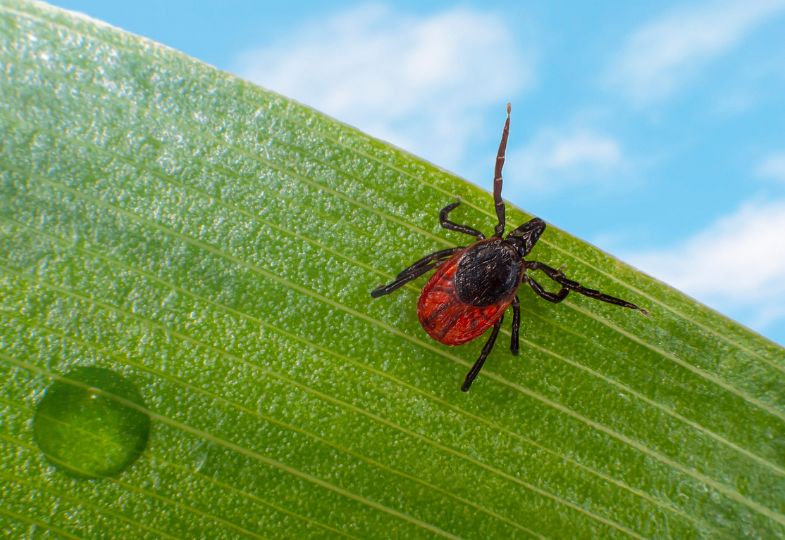
Tick on the lookout for a suitable host. If you happen to brush by, it may jump ship and bite into you to savour its favourite food - your blood. Image: Eric Karitz/Pixabay.
Why worry about ticks?
Lindgren does not beat about the bush. Tick-borne diseases are becoming a priority, and public healthcare needs to rise to the challenge.
The most common infection transmitted by ticks is Lyme borreliosis, caused by the various types of the bacterium Borrelia. While often benign, it can cause long-term and even life-threatening conditions. Luckily, you may substantially lower the risk by removing any ticks from your skin within 24 hours. Also, borreliosis can be treated with antibiotics.
However, other pathogens may hitchhike with ticks, too. The top concern in our region is tick-borne encephalitis (TBE) mainly affecting the brain. "In Sweden, we had more than 500 cases of TBE last year," says Lindgren. "More than 50% may experience long-term effects. TBE can even be lethal although the mortality rate is only 1%." Transfer of TBE-virus starts instantly once the tick bites. Beyond alleviating the symptoms, there is no cure for the infection. However, an effective vaccine is available.
Lindgren says there is no reason to panic though. "You should not be afraid of being outdoors! But you should respect ticks and take precautions in areas with many ticks."
The NorthTick video below provides an excellent overview of TBE:
Stopping the ticks in their tracks
To help prevent infections, NorthTick raised awareness across the North Sea Region.
"We provided public information about ticks and the diseases they carry, such as TBE. And we worked with primary healthcare professionals. Family doctors can spread the message during regular health checks," says Lindgren.
Vulnerable and fragile people are in special need of such advice. "Some tick-borne pathogens pose little threat to healthy people. But if you are immunocompromised, they can give you meningitis or make you severely ill."
Lindgren highlights the project's cooperation with communication specialists: "There have been so many rumours and so much miscommunication about ticks in the public space. We now understand the importance of communicating about tick-borne diseases in a better way."
NorthTick was my first experience with a project involving professional communication experts. I found this really good.
Bringing treatment forward
As ticks continue to spread, there is a growing need for effective treatment of the diseases they transmit.
The project's transnational set-up was key to the project's work on this front. A group led by neurologist Randi Eikeland in Kristiansand gathered doctors from several North Sea countries to jointly create recommendations on how to handle patients suffering from the main infections transmitted by ticks. "Some of the countries have already integrated some of our recommendations in guidelines," Lindgren says.
"We also worked together on applied solutions," he adds. "For example, we compared and evaluated clinical tests including their cost-effectiveness and usefulness. We had lots of discussions about the various commercial test kits."
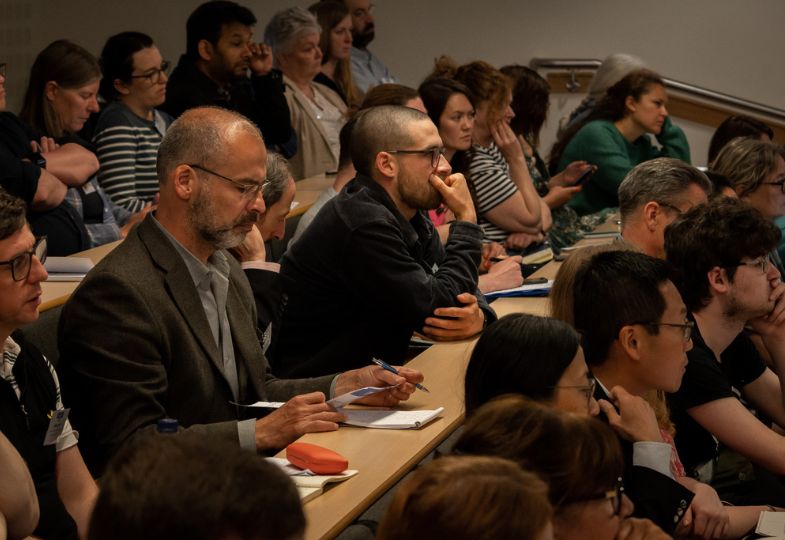
NorthTick engaged with many stakeholders including scientists, general practitioners, patient organisations, and the general public. Image from the project's international conference in Inverness, Scotland. Photo: NorthTick.
Building relations with citizens
The project also enlisted the help of citizens in mapping the distribution of ticks. This was a huge success, with thousands of citizens collecting data across the region.
The team launched a campaign including two websites for people to report their tick finds (flaatinfo.dk in Denmark and flåttkart.no in Norway). In Belgium, the Teek-a-Break pilot discovered just how many ticks are found in private gardens. The project also reached out to the public at large events such as the science festival Nerdland in Belgium and a jamboree of 40,000 scouts in Denmark. These efforts resulted in extensive mass media coverage.
According to Per-Eric Lindgren, citizen science is a crucial opportunity to gather data from many different areas. He also sees another benefit: "Over time, this may increase public trust in research."
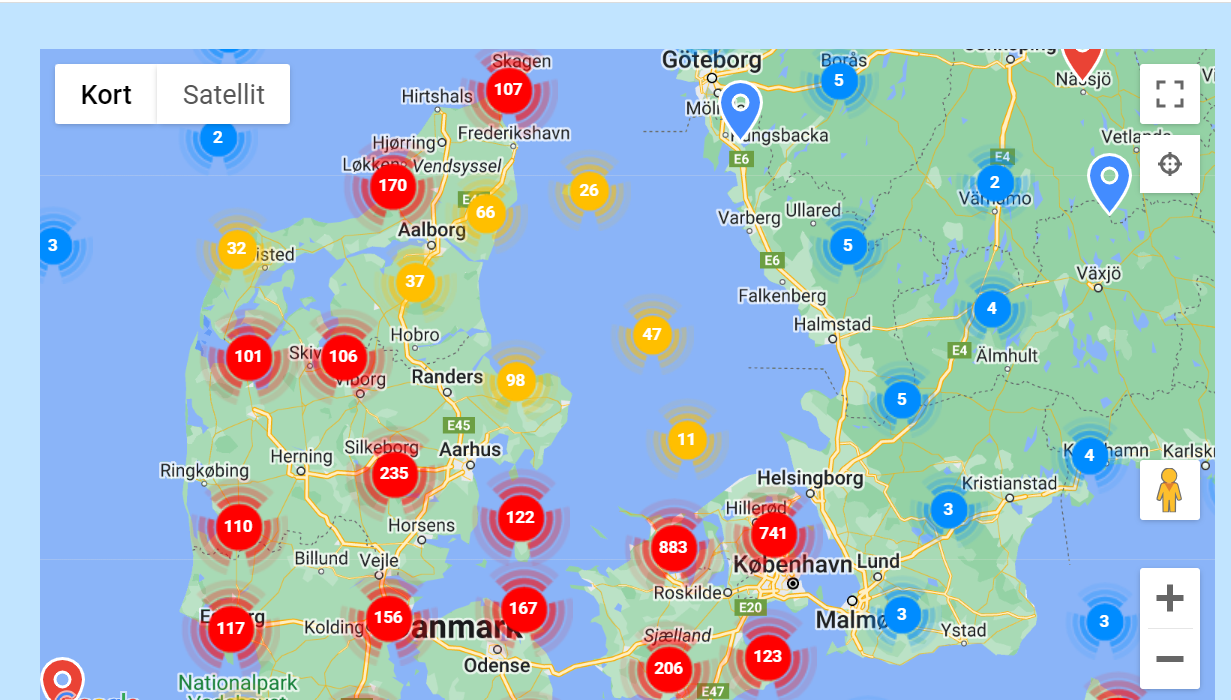
The website flaatinfo.dk enables citizens to upload their tick finds.
Improving diagnostics
"If you get a fever during the summer, your doctor should consider the possibility of a tick-borne infection," observes Professor Lindgren. But the next question is which one.
Ticks carry a range of pathogens transmitting diseases that require quite different treatments, he explains. "Borrelia infections can normally easily be treated with penicillin. But this drug will not work with Neoehrlichia or Anaplasma, for example - you need e.g. doxycyclin instead."
The project did pioneering work on symptoms caused by lesser known tick-borne germs. This work helped identify a tick-borne disease in a patient who had been misdiagnosed with leukemia 18 months earlier and who was still suffering symptoms. Following a correct diagnosis, the patient received the appropriate medication and recovered in a matter of weeks.
NorthTick also made advances in identifying infections by the blood parasite Babesia, growing the pathogen Neoehrlichia in the lab (a breakthrough first step in developing diagnostics), and discovering a new tick-borne pathogen.
A new network of experts
Despite travel restrictions due to the Covid-19 pandemic, the partners managed to cooperate using online tools. Indeed, a strong network of experts evolved during the project, including partners and other specialists. "The network is a long-lasting outcome from NorthTick and a very important one," says Lindgren. "Now we know who to contact and with whom to discuss."
The project also engaged with European organisations eager to learn from NorthTick. For example, the European Centre for Disease Prevention and Control (ECDC) invited Lindgren to share information about the project's findings.
Clearly, NorthTick has helped the North Sea Region prevent and tackle future outbreaks of tick-borne disease. Its legacy proves that cooperation across borders is an excellent way to combat infections on the move.
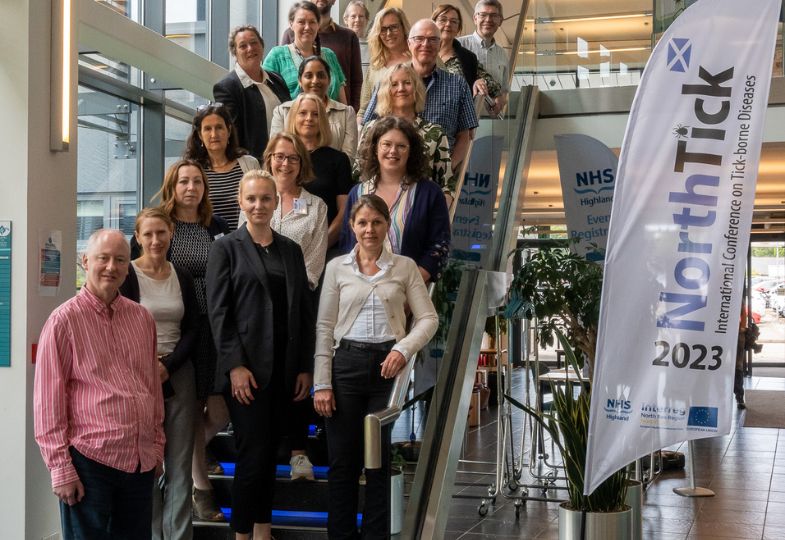
Photo: NorthTick
Top three project highlights
A strong network
The project developed a solid transnational network of experts on ticks and tick-borne diseases. The network provides an avenue for future dialogue and rapid increase of the joint pool of knowledge.
Knowledge on little-known tick-borne pathogens
The project brought to light crucial knowledge about lesser known pathogenic germs transmitted by ticks, including symptoms and management, and also discovered a new tick-borne pathogen.
Effective diagnostics
By optimising the diagnostics of tick-borne disease, the project helped avoid misguided use of antibiotics, thus reducing the use of antibiotics overall.
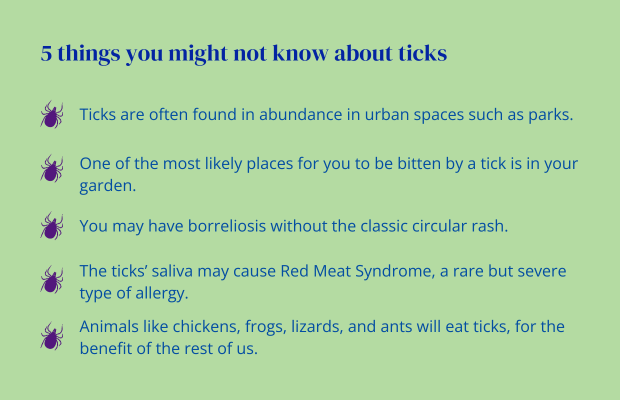
Learn more
You can find more information about the project by exploring NorthTick's website.
Within the project lifetime, the work led to 29 published scientific articles on tick-borne disease.
Get in touch
Feel free to contact the people behind the project if you wish to learn more:
Project leader professor Per-Eric Lindgren: per-eric.lindgren@liu.se
Top image: ©Hans Verburg / Getty Images via Canva.com
About the author
Sofie Forfang is a Communications Advisor at the Joint Secretariat.



